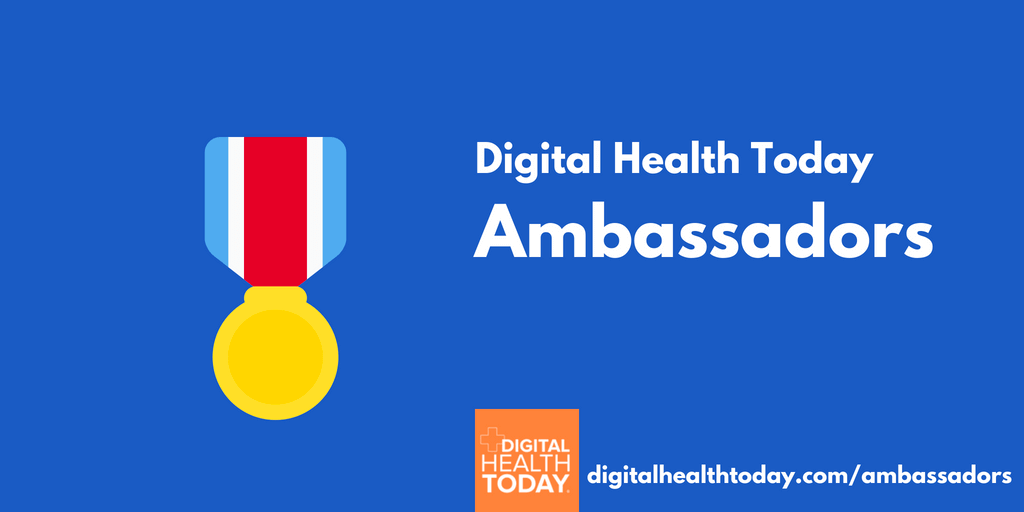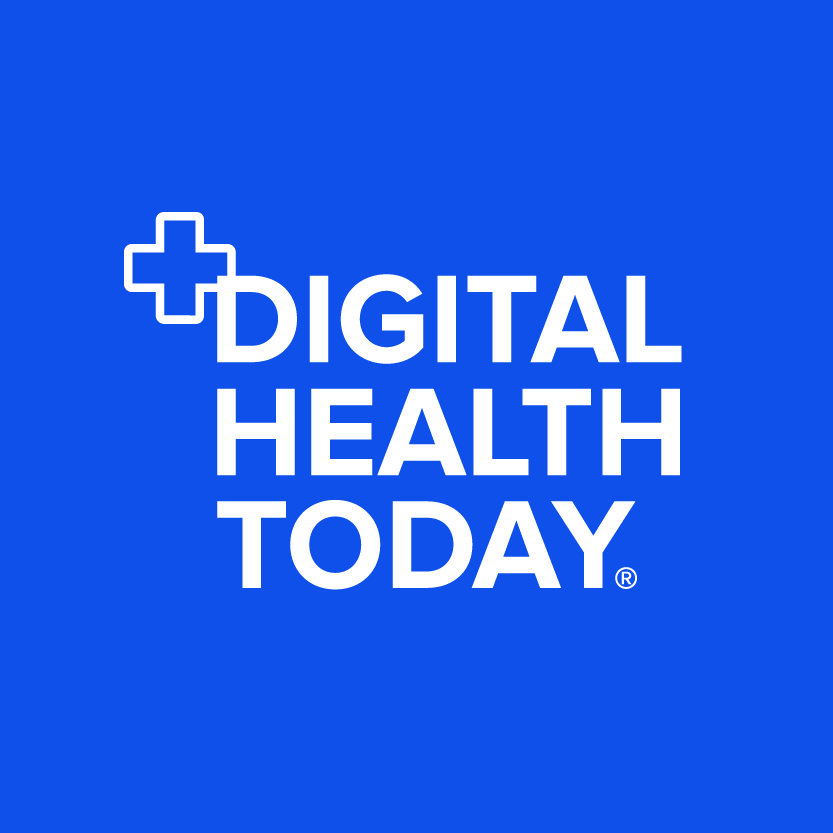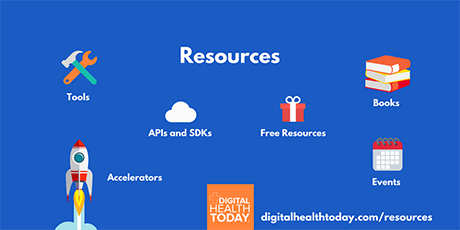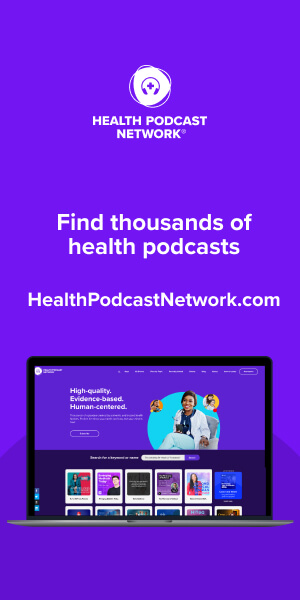Transcript
0:03 Tony Estrella
Welcome to Digital Health Today, Asia Pacific Edition, your go-to podcast to learn about the transformation of healthcare in a region with over 4.5 billion people across more than 40 countries. I’m your host, Tony Estrella. Today, I’d like to introduce Xing Sun from AXA Next Business Innovation Center, based in Shanghai. Through digital health, her team is evolving the traditional role of an insurer from being much more than a standalone financial partner. As you’ll hear, AXA aspires to be an active leader within a broader healthcare ecosystem to support people for both prevention and medical care. Xing, welcome to the show.
0:39 Xing Sun
Thank you, Tony. And thanks for having me today.
0:42 Tony Estrella
Our pleasure. So tell us a bit more about AXA Next Business Innovation Center. What’s the objective of that group?
0:49 Xing Sun
Yeah, so AXA Next Business Innovation Center is a business unit that helps to accelerate innovation within AXA Group. So what we do day-to-day is we try to find new trends and scout startups that we’re thinking would help accelerate innovations around the group. Here, I’m heading up a team in Shanghai, but our aim is to help our entities in Asia, connect them to the innovation ecosystems in Asia, and build new business models for those entities.
1:23 Tony Estrella
Great. And you’re part of a larger organization. You have a global team that works at this across regions as well, right?
1:30 Xing Sun
Exactly. So we actually have multiple teams across the globe. I’m based here in Shanghai, but I often travel to different parts of Asia. And we have a broader team in San Francisco. Our headquarters is actually in Paris.
1:45 Tony Estrella
So the objective of our episode today is to talk about insurance. Let’s take a step back. I want to give our audience a bit of an overview of insurance in Asia Pacific. Usually when I talk about insurance, I like to bring it back to the individual– to the patient. So let’s talk about a fictional person. Her name is Indira. And unfortunately, Indira is a woman who has been diagnosed with cancer. Across Asia Pacific, usually what that means is that she has to decide what the best care is for her and how to support that care. Cancer is a large cause of mortality and death in this region. For example, roughly 30% of all deaths in Singapore are cancer-related. And it can cause a lot of out-of-pocket costs for individuals as they manage their treatments.
When we think about insurance in Asia Pacific, we’ve got three broad buckets. We’ve got public insurance (which is from the government) and we’ve got private insurance– this can be in the form of indemnity, which would be more medical reimbursement. But the largest form of insurance is critical illness, and that’s also provided by private insurers. My definition of critical illness is that it looks like a life insurance policy, but the claims trigger is when someone has a debilitating health event, such as getting diagnosed with cancer.
So if you bring it back to Indira, AXA is a company who has critical illness products that can support a person like Indira– and you probably have a range of other insurance products. So can you just briefly tell us a bit about AXA as an insurer? How would you support someone like Indira who gets diagnosed with cancer?
3:26 Xing Sun
Sure, okay. I think you touched on a lot of concepts in the insurance industry. I’ll give you a background of how insurance works in China first, and go into how– in this case– we can help this client.
So actually, insurance industry nominees are split into public health insurance and private health insurance. Public social insurance in China normally comprises public health, public pension insurance or employment, work-related injury, and maternity insurance. Over the last two decades, the Chinese government has achieved social insurance coverage of about 97% of the total population, which is a huge achievement compared to only about 3% in 2000. But the benefits payments for covered people are still comparatively low. And it also varies by their employment status and by cities. A ballpark figure is normally around 30%. This is really low, and you will create significant out-of-pocket medical expenses for someone like Indira, who is diagnosed with cancer.
On top of the social insurance, there is private health insurance, available at individuals’ own cost. One example is critical illness insurance, or the long-term care insurance you just mentioned. They all fall into this category, and those products are normally designed to cover out-of-pocket medical expenses, which are not covered by social health insurance; often they are reimbursement-based. This is how insurance works.
So back to your individual case, you mentioned critical illness versus life insurance. Life insurance often means a combination of protection as well as wealth creation, so you expect to receive a refund once you pay premiums into this fund for a long period of time. But critical illness insurance, or long-term care insurance, is really designed to protect people against something unexpected, help them cope with the financial stress, or help them find the treatments they need when they are in a situation like getting a cancer diagnosis.
5:54 Tony Estrella
Right. When I think about the transformation and innovation opportunities from an insurance perspective, understanding this structure of critical illness and how it relates to life insurance is an important dynamic, in that it’s a long-term relationship. So with a medical reimbursement policy, you normally change once per year. Whereas with critical illness, it’s like a mortgage; we’re partners in my health for a long period of time: 5, 10, 15, 30 years.
6:21 Xing Sun
Definitely. And just to show you what the dynamics are like in Asia, I think this is also reflective of the whole Asian insurance industry; I think in 2019, private health insurance accounted for only 16% of the total insurance premiums in China. It’s a really small sector compared to life insurance, which contributes around half of the insurance premiums in China. We have seen similar things in other parts of Asia as well. But the health insurance sector is really a high growth sector, because of this pressing need for treatment and coverage– and because of rising living standards and increasing medical costs. I think over the last five years, we have seen double-digit growth, around 30% of the annual increase in the health insurance sector. So in the last few years, we have really seen a lot of innovative products and distribution emerge to meet those evolving health needs.
7:25 Tony Estrella
So Xing, one of the challenges that insurers have is how they can engage their policyholders. Can you tell us about how your work is helping to create more touch points and connections with those people?
7:37 Xing Sun
Yes. So as an insurer, AXA is always trying to provide more services beyond insurance coverage to clients. In order to do that, we’ve partnered with a lot of ecosystem partners like digital health players. One example I can give you is Emma. As you may know, Emma is a concierge service developed by AXA to provide AXA customers whatever health services they need. And now we have 20 services available in Hong Kong, the Philippines, and mainland China to address customers’ health needs during the pandemic. During the pandemic, AXA also partnered with a lot of telehealth service providers to serve approximately 6.5 million people. In China, this is done in partnership with Tencent Trusted Doctors; in Indonesia, it was done with Halodoc; in the Philippines, it was done with MyPocketDoctor; and in Thailand with BDMS Network hospitals and Praram 9 Hospital.
8:45 Tony Estrella
So quite an ecosystem of partners that have come together in each of those countries to create both local interactions as well as a more cohesive strategy, which continues to carry a view that you can replicate in other markets. Can you tell us more about the strategy guiding that ecosystem development?
9:02 Xing Sun
Yeah, so this whole ecosystem partner strategy is not just a tactical response to the pandemic, but rather a reflection of the global movement of the insurance industry from simply issuing a check to providing value-added services to customers. Internally, we call it the “payer-to-partner” strategy, because in a healthcare ecosystem, party interests– of patients, health providers, funders, government and private insurance– are not aligned. This results in a lack of help for patients to find the treatment they need, and funders cannot intervene early enough to help keep costs under control. So integration with services will enable insurers to help patients achieve better health outcomes as well as cost containment, in terms of rising healthcare costs and aging populations.
10:06 Tony Estrella
That’s great. And it’s certainly necessary and helpful to the individuals who want– and likely expect– more from their insurance partner.
10:13 Xing Sun
Sure.
10:14 Tony Estrella
Now, one other aspect of how digital health can fit in is when we think about the insurance model and how products get introduced or sold to individuals. Tell us a bit more about the traditional insurance sales model– or as insurers call it, distribution. In a country like China, how is that changing?
10:34 Xing Sun
Distribution often revolves around insurance products, and banking / bancassurance and agents are still the dominant insurance channels in China. Because life insurance accounts for about half of the insurance premiums, customers often rely on the banks’ and agents’ explanations of the complex features of life insurance and rely on them to give recommendations. For relatively simple and small-ticket insurance– like health insurance and accidental insurance– direct sales from call centers and online platforms are quite common.
But what’s interesting these days are the many unconventional distribution channels that have emerged, like super apps, eCommerce platforms like ride-hailing, or other apps that house affinity groups; they have all become an integrated part of insurance channels. I can give you a few examples in China. A WeChat-based, end-to-end customer journey for health insurance is not uncommon these days, where customers can be added in enterprise WeChat accounts to help them purchase coverage and make a claim.
Another example is TikTok’s live-streamed eCommerce services, which have been mainstream in retail for many years in China. But TikTok started to become an insurance channel during the pandemic; insurers leverage influencers to disseminate information, such as insurance plan comparisons and policy selection information for families, children, and the elderly. And then they direct those followers to the dedicated WeChat group for further interaction, to answer questions, and give advice.
This is different to the traditional way of selling insurance, because in a traditional agent model, a broker often needs to engage with a potential customer right from the start. He may take a few coffees with the client before a purchase decision is reached. But this hybrid physical/digital distribution really disrupted this whole process. It turned the process into a conveyor belt on a manufacturing floor. It dissects the customer journey into several sections, and harnesses social media’s application power and data analytics to find customers’ needs at the early stages of this process, and then connects prospective customers to dedicated brokers who can give more tailored advice. So in that way, it really disrupted the whole broker sales process, and increased efficiency for the brokers.
13:33 Tony Estrella
So the insurance model overall– especially this portion of trying to sell products or connect products with the right customers– is becoming much more consumer-centric, which is very different in insurance (an industry that is 200-plus-years old). There are lots of ways to improve through technology, so that’s exciting to see.
As we look to the future and how this consumer-centric sales transition affects product development, there’s a need to help change insurance products so they become more tailored to individual needs. Bringing this back to Indira– if we looked at Indira and the insurance products you could purchase in the future, one of the things that I think is an exciting innovation in insurance is the shift towards critical illness policies, which are not just defined by the number of debilitating health events that are covered; in China, it’s over 170, and in a place like Singapore, it might be like 30, 40-plus. We’re now looking at how you provide interventions earlier; early diagnosis for breast cancer versus late diagnosis for breast cancer, or perhaps payouts for prevention, getting diagnosed and when you have to get treatment– as opposed to just one lump sum. Those all create different levers to tailor products for the individual.
What’s your view of some of the big milestones for insurance in the next two to four years? How they are becoming more consumer-centric– in terms of new products or the overall ecosystem? What are you working towards?
15:09 Xing Sun
I think insurance will evolve together with other ecosystem partners for sure. In two to four years’ time, the pandemic is likely to pass with the development of vaccines. But we will not go back to where we were before the pandemic, because the pandemic has really accelerated digital health on many fronts.
One dramatic impact we have seen is a surge in the adoption of online consultations around the globe. In China, we saw a similar increase between January and April of last year when the virus spread was at a peak. But what’s interesting to observe is that even after the pandemic stabilized in April last year, the adoption of online consultations provided by public hospitals didn’t drop. This has created a new normal of healthcare in China, and hospitals see a real benefit from putting those services online, especially from making consultations and drug prescriptions available online for patients who need a follow-up with a doctor or have a chronic illness. Apparently, these two categories of patients account for 40% of the traffic in most of the public hospitals in China. So diverting those groups online can greatly ease the traffic pressure, which existed in many public hospitals in major cities. Just to give you some data, I think in October 2020, there were about 900 online hospitals in China, compared to 269 the year before. I think this number is likely to go up with a further push from the government.
I would like to point out the rationale of telehealth and online consultation in China. Although China has been advanced in telemedicine– thanks to a mobile economy and digital adoption– medical resources are still scarce. On a per person basis, I think there is data showing that there are only 1.8 physicians for every 1,000 people in China, compared to 2.4 in the US and 2.8 in the UK. And those medical resources are disproportionately concentrated at 3A hospitals and first tier cities.
To help spread those medical resources, China is building community-based clinics, encouraging doctors to practice out of the public hospital one day per week, and easing online hospital licensing to help divert hospital traffic to the Internet. So to make a bold prediction here, where medical resources are shifting from hospitals to communities and online, more health services could be available at home– which we describe as “home becoming the new hospital.” This opens up the window of opportunity not only for the digital transformation of public hospitals, but for the private sector to provide well-being services, prevention actions, or elderly care. Even companies that provide seamless payment solutions could connect to public health insurance.
So those areas actually present opportunities for private insurance in the next two to four years. Again, the pandemic is showing us that whatever can be assessed at home is really the next trend. We will still need to go see practitioners at health care centers, but as much as we can move from hospitals back to the home, this will be the last mile to healthcare transformation. And we have a role to play here as a private insurer.
18:59 Tony Estrella
That’s inspiring. It certainly will create greater outcomes and more effective use of healthcare for individuals– and, to your point, solve that gap that’s existed for a while, which is the lack of access because of the disparity in terms of population to the number of physicians. Can’t wait to see that future become reality. We’re coming up on time on this episode. I’m sure our audience would love to continue to stay in touch and hear more about you. What’s the best way for them to follow you or get in touch with you?
19:28 Xing Sun
They can find me easily on LinkedIn.
19:33 Tony Estrella
I appreciate you taking the time to join us. Thanks so much again.
19:39 Xing Sun
Thanks, Tony. Thanks for having this interesting discussion with me.
19:42 Tony Estrella
Thanks Xing. And that’s a wrap on this episode. As I mentioned to our audience, the show notes will include your LinkedIn information for everyone to reach you. Before I go, here’s how you– our audience– can support us. Please share this podcast with others. And if you subscribe, you’ll get updates on new episodes and other content through my website, www.tonyestrella.com. You can learn more about my writing and links to reach me on Clubhouse, Twitter, WeChat and LinkedIn. And finally, please visit our website at www.digitalhealthtoday.com to hear other episodes from our podcasting team. This show was researched and written by Taliossa and produced along with Mission Based Media. The sound and music was by Ivan Juric. And until next time, I’m Tony Estrella, and thank you for listening.




